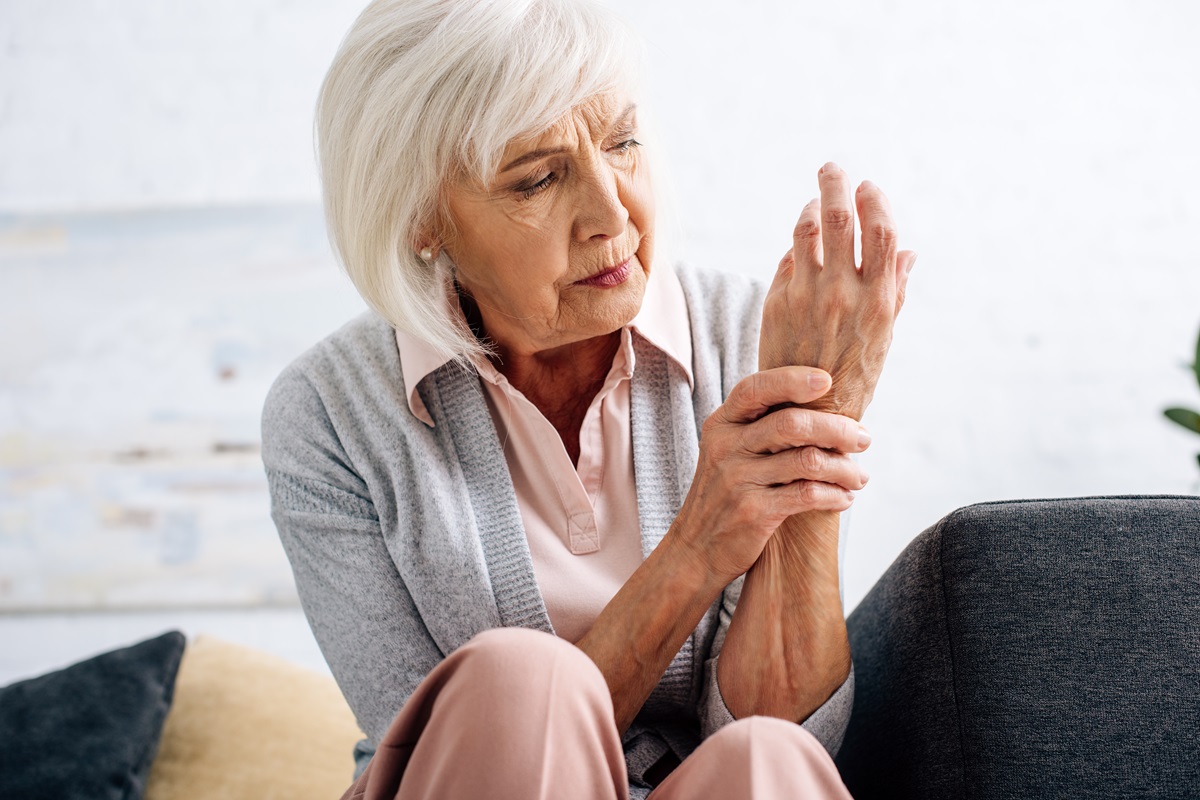Arthritis is an umbrella term that includes many different types of joint conditions that can cause damage to the area surrounding the joint as well as the joint itself. These conditions can be seriously painful and may reduce sufferers’ ability to complete everyday tasks.
If you suffer from geriatric arthritis, your condition can probably be categorized into one of three types, each with its own unique symptoms and treatment options. Keep reading to learn more about geriatric arthritis from an Edinburg geriatric doctor.
What Are the Three Types of Arthritis?
There are four primary types of arthritis, but there are just three types that fall into the category of geriatric arthritis. While juvenile arthritis only affects children, adult and elderly patients may commonly suffer from osteoarthritis, rheumatoid arthritis, or psoriatic arthritis.
Osteoarthritis
Osteoarthritis is a condition in which the cushioning cartilage at the ends of your bones wears down, leading to joint damage. As the cartilage breaks down, the bones weaken and the tissue holding together the joint deteriorates while inflammation worsens the problem.
Osteoarthritis is the most common form of arthritis and can usually be found in the hands, hips, knees, or spine.
Rheumatoid Arthritis
Rheumatoid arthritis is an autoimmune disorder in which your body’s system attacks its own tissues. Rheumatoid arthritis breaks down the lining of your joints, leading to bone deterioration and joint deformities. Inflammation caused by rheumatoid arthritis can also damage other parts of the body, including the heart and lungs.
Rheumatoid arthritis is most commonly found in small joints in the hands and feet, but it can spread to larger joints like the wrists, hips, and knees.
Psoriatic Arthritis
Psoriatic arthritis is a type of arthritis associated with the skin condition psoriasis. Psoriatic arthritis causes inflammation in the joints and at the spots where your tendons and ligaments connect to your bones. This type of arthritis has also been associated with certain heart conditions.
While most people will show signs of psoriasis before psoriatic arthritis develops, others may experience the condition before any signs of psoriasis appear on their skin.
How Is Each Type of Arthritis Treated?
Unfortunately, there is no cure for any type of arthritis. Instead, treatment for arthritis is aimed at addressing symptoms and slowing or halting the progression of the condition.
How Is Osteoarthritis Treated?
Osteoarthritis is primarily treated through lifestyle changes and pain-relieving medication. You may also want to undergo special therapies to help you retain and improve your physical abilities.
In some extreme cases, surgery may be needed to repair damage to the joint.
How Are Rheumatoid and Psoriatic Arthritis Treated?
Both rheumatoid and psoriatic arthritis are addressed using similar treatments. Like with osteoarthritis, pain-relieving medications can be used to combat symptoms, but there are also other medications that your doctor may prescribe to help slow or halt the progression of your condition. This might include biological agents or conventional or targeted synthetic disease-modifying antirheumatic drugs (DMARDs). DMARDs are the most common treatment.
Get Arthritis Treatment at Family Medicine and Geriatric Center
If you suffer from geriatric arthritis, you’re probably desperate for some relief. Come see your geriatric doctor at Family Medicine and Geriatric Center in Edinburg to start living your life free from the symptoms of arthritis.
Don’t wait to start getting relief from your pain. Visit the team here at Family Medicine and Geriatric Center to find the right treatment option for you.

